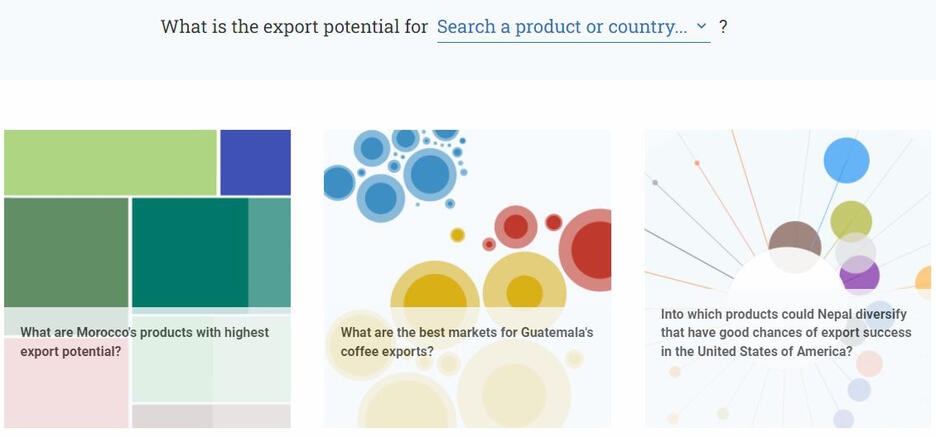Recent analyses of the global market for rubber thread, cord, and textile-covered materials have unveiled significant patterns in consumption among the top importers. This study sheds light on the dynamics affecting trade of these products, revealing seasonal fluctuations in demand and highlighting key markets.
Seasonal Consumption Patterns

The research indicates that consumption trends for rubber thread and cord fluctuate throughout the year, exhibiting a clear seasonal pattern across nearly all major importing markets. A detailed examination of both monthly data by value and volume showcases this variability, with top importers seeing distinct spikes and dips correlated to seasonal demand.
In monetary terms, the analysis focuses on the top ten importers who account for a substantial portion of the market. These fluctuations suggest that businesses involved in the production or distribution of rubber-based textiles need to remain vigilant and adaptable to changing consumer patterns, particularly during peak seasons.
Key Importing Countries

Among the largest consumers of rubber threads and cords are several countries that dominate the market. The study highlights the biggest importers, which include nations that are crucial players in the global supply chain for rubberized textiles. Understanding these nations’ consumption habits is vital for exporters aiming to tap into these lucrative markets.
Detailed insights reveal that the monthly consumption of rubber threads varies not only in value but also in volume measured in metric tonnes, underscoring the importance of tracking both metrics for effective market strategy development. The ongoing seasonal trends imply that industry stakeholders must adjust their strategies accordingly to maximize potential profits.
Ethiopia’s Export Landscape

Focusing on Ethiopia, the report details the country’s primary markets for rubber thread and cord exports. It provides a country-wise breakdown of export shares, essential for understanding where Ethiopian products are most competitive in the international arena. This analysis covers projected trends from the calendar years 2011 through 2024.
Ethiopia has recognized the significance of these markets, and as such, it actively seeks to enhance its export capabilities. By aligning its production with demand in key importing nations, Ethiopia can increase its share in the global market for rubberized textiles.
Future Outlook
Looking ahead, the evolving landscape of rubber thread and cord consumption presents both opportunities and challenges. The seasonal nature of consumption signals to producers and exporters the need for strategic planning in inventory management and marketing efforts.
Given the fluctuating demand and the concentration of consumption in a handful of major markets, businesses involved in these sectors should consider diversifying their approaches to reach a broader audience. International trade policies, economic conditions, and consumer preferences will continue to play pivotal roles in shaping market dynamics.
This comprehensive analysis not only tracks current trends but also sets a foundation for future studies aimed at understanding the complexities of the rubberized textile market. With accurate data and keen insights, stakeholders can better navigate the intricacies of global trade in this essential commodity.



